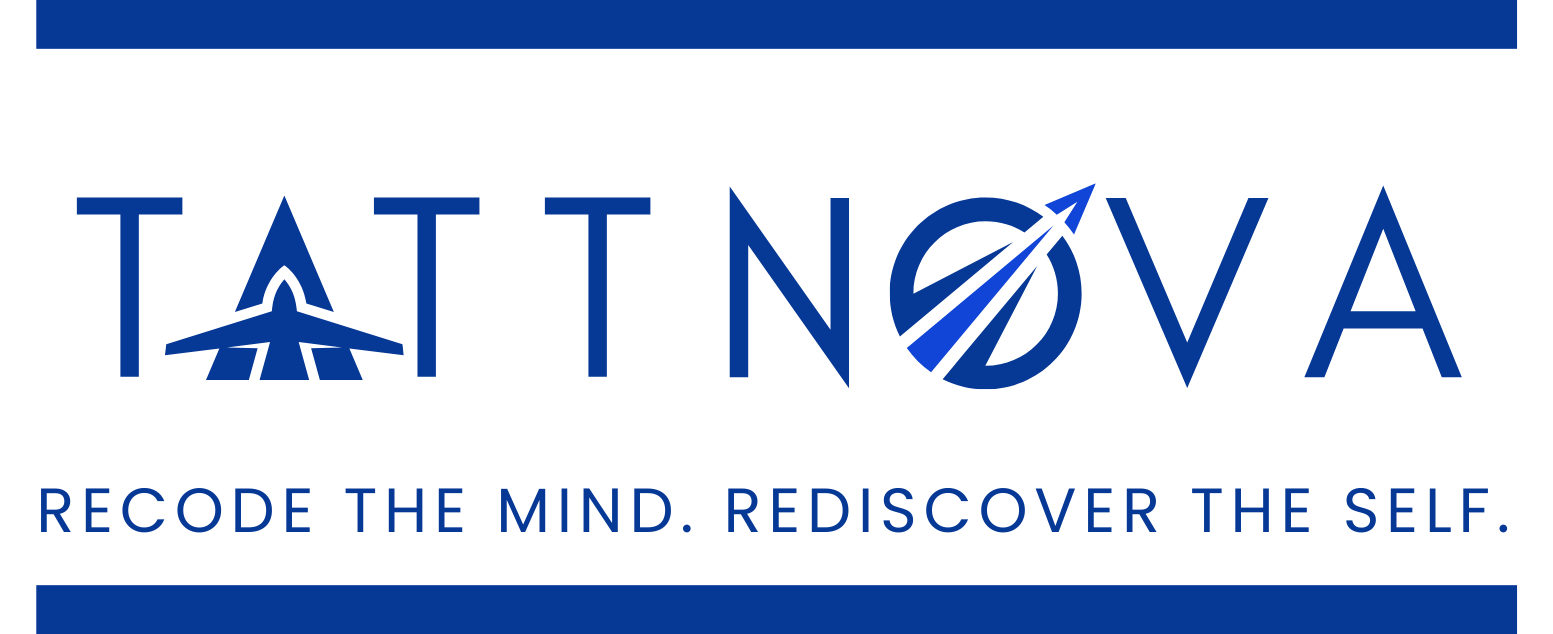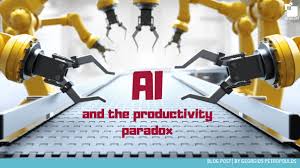We live in an age of unprecedented connectivity and intelligent systems, yet many professionals report feeling more overwhelmed than ever. While AI and automation promise to enhance productivity, a paradox has emerged: Are we really achieving more—or just doing more?
Efficiency Without Clarity
AI excels at automating routine tasks, managing calendars, analyzing data, and generating content. These capabilities save time, but they can also accelerate the pace of work without improving its meaning. We check more boxes but feel less fulfilled.
The core issue isn’t the technology—it’s how we define productivity. If our benchmarks are volume, speed, and responsiveness, we risk chasing busyness at the cost of impact.
The Rise of Digital Exhaustion
Notifications, dashboards, and real-time metrics were meant to help us stay informed. But instead, they often lead to decision fatigue and cognitive overload. Employees feel pulled in multiple directions, struggling to focus or disconnect.
This “always-on” culture creates a façade of productivity while eroding attention, creativity, and wellbeing. In many organizations, AI has become a mirror reflecting our rushed mindset—rather than a catalyst for deep work.
Redefining Productivity in the AI Era
To resolve this paradox, we need to rethink what productivity really means. True productivity isn’t about doing more—it’s about doing what matters most with clarity and intention.
AI should be a tool for elevating human potential, not replacing it. This means:
- Designing workflows that reduce noise, not add to it.
- Automating the repetitive to make space for the reflective.
- Using data not just to measure output, but to align efforts with purpose.
Mindful Tech Integration
The solution is not less technology—it’s better-aligned technology. Tools should fit into human rhythms, not disrupt them. Organizations must design digital ecosystems that prioritize focus, flow, and fulfillment.
This includes rethinking KPIs. Are we valuing speed over insight? Quantity over quality? Productivity metrics must evolve to reward strategic thinking, learning, and innovation—not just responsiveness.
Leadership’s Role in the Shift
Leaders must model and encourage intentional productivity. This means setting boundaries, focusing on outcomes rather than hours, and creating a culture where deep work is protected, not penalized.
It also means promoting digital wellbeing, encouraging rest, and integrating AI in ways that free people to do their best thinking, not just faster work.
Conclusion: From Busyness to Brilliance
The productivity paradox isn’t a tech problem—it’s a leadership opportunity. When used with wisdom, AI can liberate us from repetitive strain and unlock creativity, collaboration, and clarity.
The future of work isn’t about being always-on. It’s about being truly present—using intelligent tools to do less, better. In the age of AI, productivity is no longer a race—it’s a rhythm. And it’s time we danced to a smarter, more human tune.





